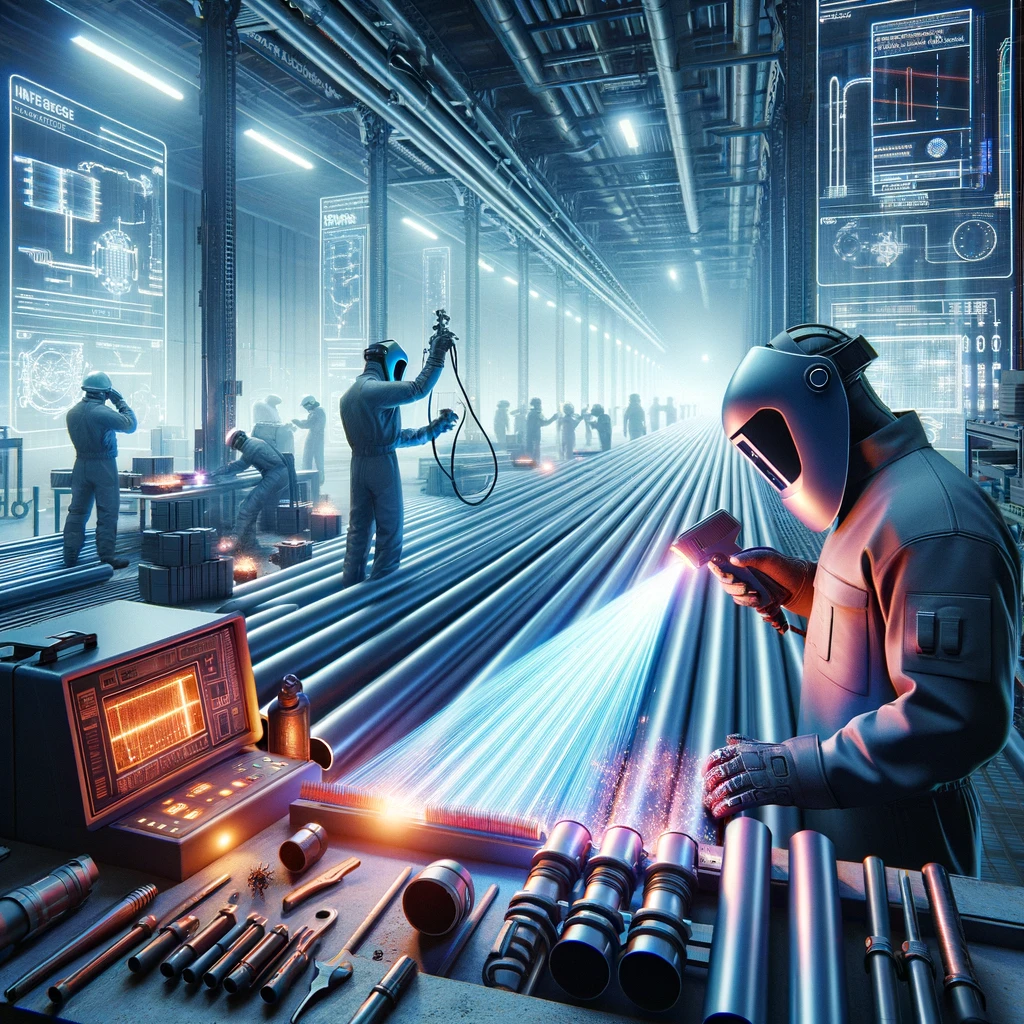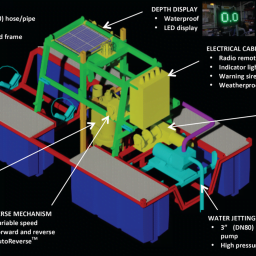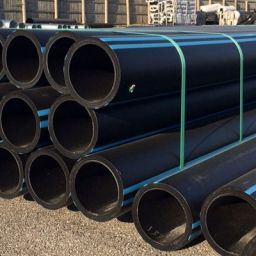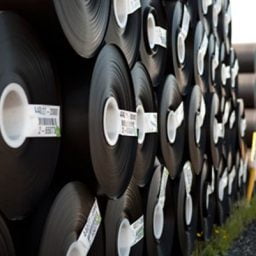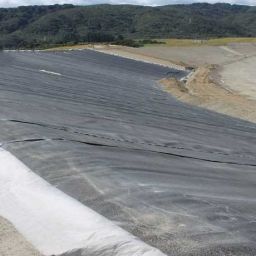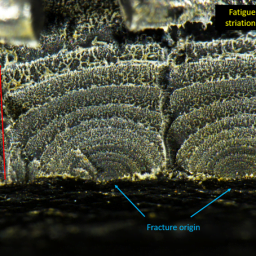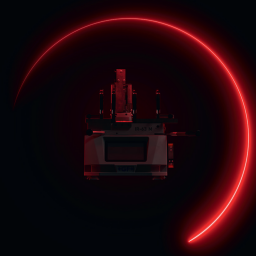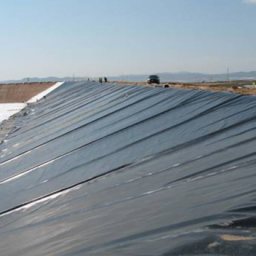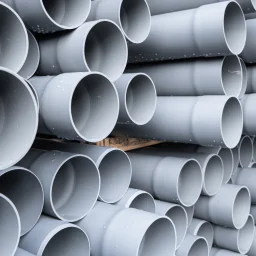News
The Future of Plastic Pipe Welding
Authors
By PPN Editor | 8nd April 2024
What does the near future hold for poly pipe welding?
Well certainly steel heater plates which rely of electrical resistance heaters and the poor thermal conductivity of HDPE is not the future.
A teaser video was released by Swiss Company GF for welding of PE pipes by Infra-red Radiation < https://www.youtube.com/watch?v=s9gXxy8aKjc> is prescient and could hold the answer.
The Dawn of a New Era in Plastic Pipe Welding
The realm of plastic pipe welding stands on the cusp of a profound evolution, driven by the advent of pioneering techniques such as Infrared (IR) welding. Traditional methods, typified by the use of heated steel plates/surfaces, are gradually yielding ground, their limitations in efficiency and efficacy becoming increasingly apparent, especially when dealing with materials like HDPE that exhibit very poor thermal conductivity.
A tantalizing glimpse into this forthcoming transformation was recently unveiled through a teaser video by Swiss Company GF, unveiling the application of IR radiation for welding PE pipes. This ground-breaking approach harnesses a spectrum of wavelengths from the electromagnetic spectrum to heat and weld plastic components, presenting a beacon of promise for the poly pipe industry.
The advantages bestowed by IR welding for plastic pipes are manifold. Its hallmark precision enables meticulous control over the welding zone, yielding visually impeccable weld seams adorned with symmetrical squeeze-out beads. Moreover, the technique facilitates tighter tolerances in the fusion process owing to its uniform heating, resulting in a diminished Heat Affected Zone and enhanced weld quality characterized by deeper and more uniform heat penetration.
In contrast to conventional welding methodologies, IR welding boasts accelerated heating and cycle times, ensuring heightened productivity and quality even amidst adverse conditions such as cold weather, where heat loss due to frigid winds poses a challenge. Furthermore, the absence of direct contact between heating elements and plastic components in IR welding circumvents issues like the evolution of volatiles and degradation products contributing to voids in the weld zone.
Furthermore, the integration of IR receptor additives into HDPE pipe compounds holds promise for further optimization of the welding process by augmenting the absorption of IR radiation. The ascent of IR welding within plastic pipe welding applications appears imminent, heralding a paradigm shift in the fabrication and installation of poly pipes.
IR welding typically uses a range of wavelengths from 800 to 11,000 nm on the electromagnetic spectrum to heat, melt, and fuse the interface between two plastic parts through the absorption and conversion of the IR energy into heat.
The advantages of IR welding of poly pipes are many such as:
- Precise control of the welding zone
- Aesthetically pleasing weld seams – visually OK with consistent and symmetrical squeeze-out beads
- Ability to achieve tighter tolerances in the fusion process due to more uniform heating
- A lower Heat Affected Zone
- Drastically improved weld quality due to deeper and more uniform heat penetration
- Fast heating and cycle time than other conventional poly welding processes.
- Ensures higher productivity and quality in cold weather welding
- Lowers heat losses by cold winds
- Non-contact heating on the weld interface prevents plastic parts from sticking to the hot wedges and degrading (no more carbonization of the steel heater plate and vapours potentially leading to voids.
- The ability to add IR receptor additives to the HDPE pipe to increase the absorption of the IR radiation.
Conclusions
The future of poly pipe welding is poised for a significant transformation, with the adoption of the innovative technique of Infrared welding (IRW) leading the way. Traditional methods, like heated steel plates, will likely be gradually being phased out due to limitations in efficiency and effectiveness, particularly with materials like HDPE that have very poor thermal conductivity.
A glimpse into this future was provided by a teaser video released by Swiss Company GF, showcasing the welding of HDPE pipes using IR radiation. This method, which utilizes a range of IR wavelengths on the electromagnetic spectrum to heat and fuse plastic parts, holds great promise for the poly pipe welding industry.
The advantages of IR welding for poly pipes are numerous. Firstly, it offers precise control over the welding zone, resulting in aesthetically pleasing weld seams with consistent squeeze-out beads. Additionally, IR welding enables tighter tolerances in the fusion process due to more uniform heating, resulting in a lower Heat Affected Zone and improved weld quality with deeper and more uniform heat penetration.
Compared to conventional poly pipe fusion welding processes, IR welding boasts faster heating and faster seaming times, ensuring higher productivity and quality even in cold weather conditions where heat loss by cold wind is a concern. Furthermore, the non-contact heating characteristic of IR welding prevents plastic parts from sticking to hot plates, eliminating issues like carbonization of steel heater plates and potential voids in the fusion zone.
Moreover, IR receptor additives can be incorporated into HDPE pipes to enhance the absorption of IR radiation, further optimizing the welding process. Given the poly pipe industry’s tendency to adopt technological advancements it’s highly likely that IR welding will gain traction in wider poly pipe applications within the next 5-10 years, revolutionizing the way poly pipes are fabricated and installed.


